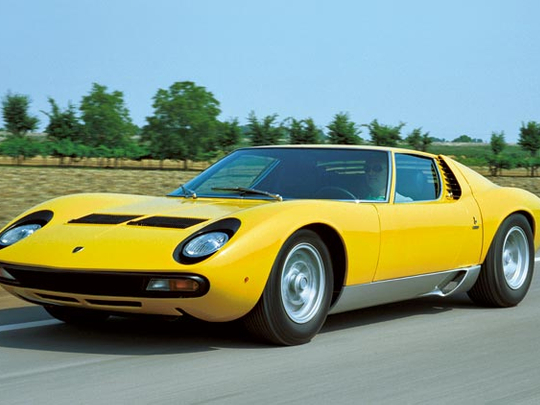
It was hard to keep my excitement in check what with being surrounded by some of the most precious metal in automotive history. But I had to mind my manners because with the Union Jack flying at full mast, there was every chance Her Majesty could be looking on through the windows at Windsor Castle and at the Concours of Elegance down below, an event boasting 60 of the best cars in the world. And I didn’t want to upset Liz. But, I just might have...
Over in one corner on the immaculate lawn of the Quadrangle of the Upper Ward, sat a gorgeous 1957 BMW 507 with an equally majestic 1956 Ferrari 250 GT Zagato Berlinetta close by. An absolutely stunning one-off 1925 Rolls-Royce Phantom Jonckheere Coupé almost stole the show thanks to its Batmobile-of-the-Twenties looks. I wasn’t just drooling all over these beauties, but I was running around from car to car like a big kid on a sugar rush. And even though I got close up to the elegance-personified 1938 Bentley Embiricos, there was one car that stood out a mile, both when it was launched in the Sixties and to this day. It was the one that many believe started the trend of two-seat, mid-engined supercars. It was a Lamborghini Miura SV.
Produced between 1966 and 1972 and created to compete with Ferrari, the P400 Miura was built by Lamborghini engineers, believe it or not, in their spare time. It was then unveiled at the Geneva motor show in 1966 and the Marcello Gandini-designed concept made a massive impression on the world’s motoring press. When it was launched, it was the fastest production road car.
Its low stance, smooth flowing lines and twin-circular pop-up headlights made sure it got a lot of attention. The side air intakes on the B-pillars combined both style and function and pretty soon, it was regarded as the most beautiful car ever built.
But it didn’t just look hot. Boasting a semi-monocoque chassis and an all-round double wishbone suspension, it was designed to go fast, and that it did. Its 3.9-litre naturally aspirated V12 was mated to a five-speed manual and produced a whopping 350bhp and had a top speed of 290kph. 474 P400s were built but the P400S, introduced in 1968, featured better aerodynamics, a reinforced chassis and it had 20 more horses.
Then the ultimate wild bull hit the scene in 1971 — the P400SV. It improved on the generation before, thanks largely to the one-off Jota race car from which it borrowed its design and engineering techniques. The most common issue it faced, that of aerodynamic lift at high speeds, was corrected by raising the rear and lowering the front springs. With a widened rear track, stiffer chassis and 15 extra horses bringing it up to a total of 385bhp, the SV was the best handling and performing version of the lot.
764 Miuras were built, out of which 150 were SVs, and if you can get your hands on one of these today, you’d have to shell out in excess of Dh4 million. I don’t have that sort of cash, but the Queen must. How about a little loan please, Ma’am? I promise I’ll contain my excitement if I get one! Actually...











